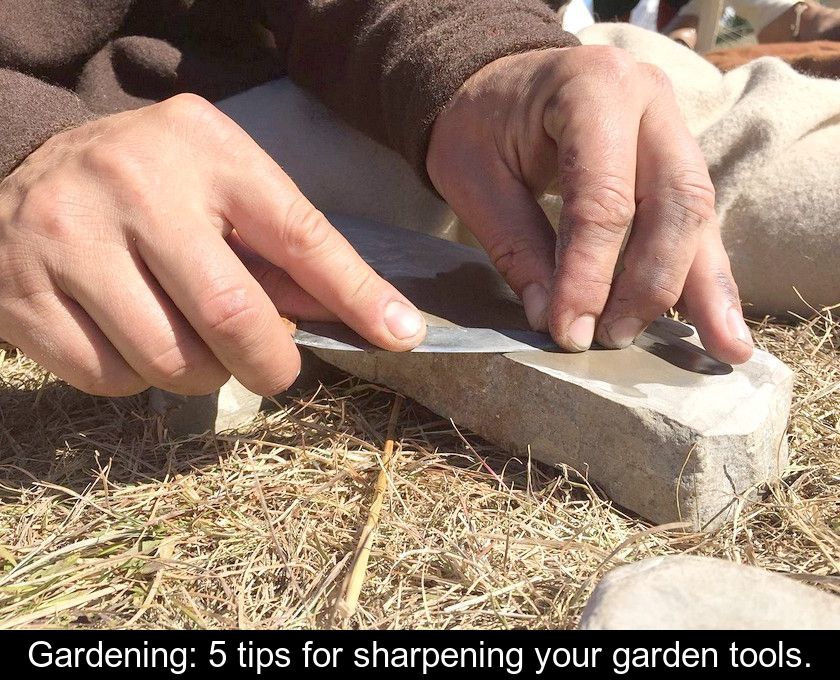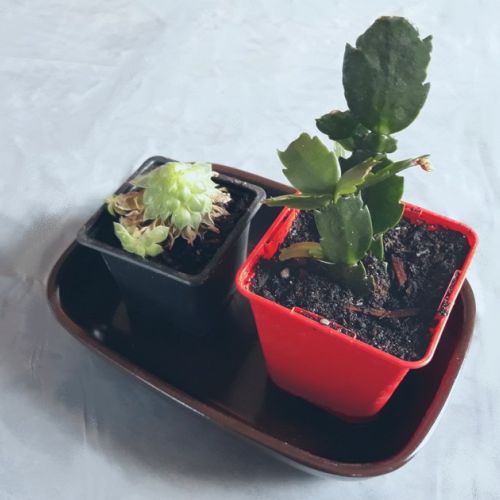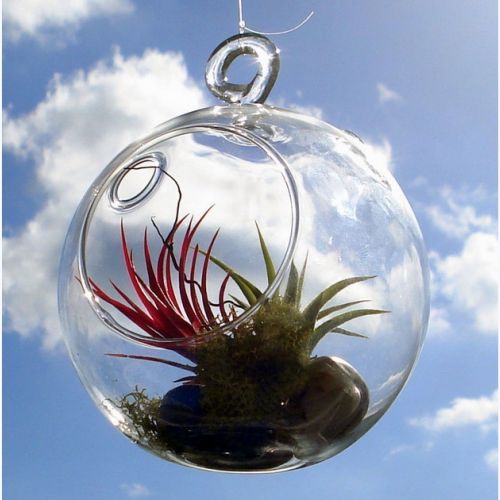Gardening: 5 Tips For Sharpening Your Garden Tools.
In gardening as in DIY, sharpening tools is an important part of their maintenance. Before using certain tools such as shears or a hoe, you should always check that they are properly sharpened. Here are 5 tips for sharpening garden tools.
1- Do not neglect blade sharpening.
Sharpening cutting tools such as sickles, pruning shears, grafting knives, secateurs, or hedge shears is an essential maintenance task to ensure that gardening remains a pleasure.
It is normal for the blades of garden tools to dull and become less effective with repeated use. However, this is a problem that needs to be addressed promptly. When a blade is dull, it tears the plants instead of cutting them, and the resulting wound on the plant is even more susceptible to pests and diseases.
That is why it is recommended to sharpen cutting tools regularly, ideally after each use.
Good to know
For other garden tools used for working the soil, such as a hoe, it is advisable to sharpen them once a year in autumn before storing them away from the elements for the winter. When the blade of these tools is dull, it penetrates the soil more difficultly. In any case, remember that poorly maintained garden tools make the gardener's work more difficult.
2- Adapt the sharpening method according to the tools to be sharpened.
The best method for sharpening cutting tools is to use a sharpening stone (see the following paragraph).
Of course, a grinder is another effective way to sharpen cutting tools, but perhaps a bit too much! It tends to remove more metal than necessary.
Attention: using a grinder can trap you in a vicious circle as a thin blade wears out even faster and needs to be sharpened more often. The use of this tool must also be done with the utmost caution: don't forget to wear protective goggles and gloves!
The sharpening method is different for tools used to work the soil, such as the blade of a spade, hoe, or weeder... To sharpen these garden tools as well as the blades of a lawnmower or the chain of a chainsaw or hedge trimmer, a metal file should be used instead.
A simple flat file is sufficient for sharpening the blades of tools used to work the soil. The proper technique is to follow the original angle and pass the file from the inside of the blade to the outside (the cutting edge).
3- Choose your sharpening stone carefully
As soon as you notice that your cutting tools are less effective and that their blade has lost its sharpness, you must proceed with sharpening using a sharpening stone.
There are different types of sharpening stones, with different characteristics and uses.
Natural stones can be hard or semi-hard.
• Hard stones with strong abrasive power are recommended for significant and frequent sharpening work.
• Semi-hard stones are intended for finer and more precise sharpening work.
Artificial stones can be made of alumina, ceramic, or diamond. They are classified based on the coarseness of their grains.
• A grain between 120 and 800 is useful for sharpening dull blades.
• A grain between 1000 and 3000 is recommended for regular maintenance of garden tools.
• A grain higher than 4000 is used for finishing to remove the burr, those small metal protrusions that remain on the edge of a sharpened blade after passing it on the stone.
Note: most sharpening stones should be soaked in water before each use, for a few minutes or even a few hours depending on their material.
4- Clean the blades before sharpening them.
To sharpen your garden tools, you need to start by cleaning them. Sharpening the blades should always be done on clean blades.
So you should start by:
• removing any dried soil residues using a brush if necessary
• washing the blades with water
• drying them with a clean cloth
• disinfecting them with a cloth soaked in alcohol.
5- Adopt the right gestures
Once your blades are clean and disinfected, you can proceed with the sharpening process.
Here is the user manual for a sharpening stone:
• Start by determining the angle of the blade
• Sharpen the blade by pulling the tool towards you, on the opposite side of the cutting edge
• Gently move the blade along the sharpening stone, without applying strong pressure
• Go from one end to the other (from the heel of the blade to the tip)
Depending on the garden tools you are sharpening, you may need to sharpen both sides of the blade (like a knife) or only one side (as in the case of pruning shears, for example). In any case, you must maintain the original angle of the blade.
Once your blade is properly sharpened, don't forget to remove the burr, which are small protrusions, using a stone with a grit higher than 4000 or a fine file.











